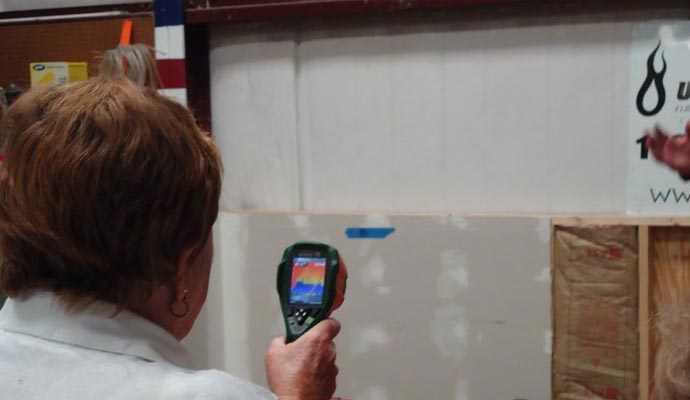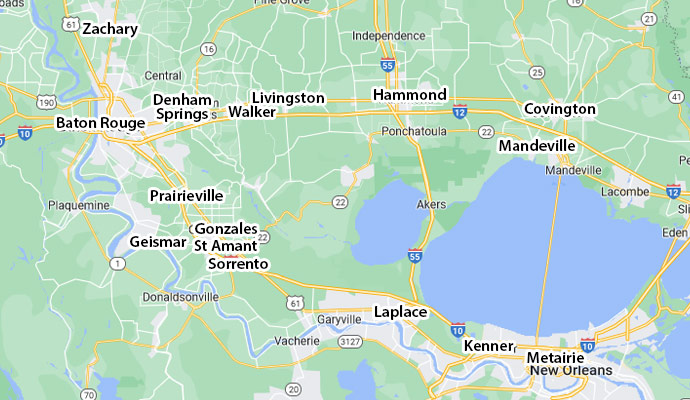Mold Remediation
Are you wondering if you need mold testing and possibly mold remediation? The general rule is that when mold is visible, you definitely need to kill it and remove it. But mold isn’t always visible and so there are other criteria to strongly consider when it comes to mold remediation.
Here are four things to look for mold in your home.

1. A Water Event or Occasional/Frequent Water Intrusion
Has there been recent water intrusion? Water does not necessarily equal mold growth as spores have to already be present. But since mold spores are microscopic, water damage is usually the trigger that causes mold to be seen or otherwise detected. Mold means moisture or humidity is, or has been present. Water does not necessarily mean mold growth is present.
2. Discoloration
Most molds cause the organic material the mold is consuming to change colors. Whether the food source for the mold is human food or drywall paper, if colonization is allowed for enough time, there will usually be a discoloration that will reveal a mold problem.
Most molds, when allowed to grow in abundance, are visibly seen in certain colors. Mold is not only black. Many species are visible in gray, white, brown, red and even some hues of pastel colors. Some molds look like dust, or fuzz, while others look like sand granules. Certain molds thrive on certain food sources, and they all require different moisture content or relative humidity in the ambient air.
3. A Musty Odor
Is there a musty odor that prevails, or come and goes? Some molds are odorous when breeding. Although some species do not cause odors, when a musty, moldy odor is combined with other criteria, one can conclude that mold is present. Even if mold is not visible, remediation may be necessary.
Some people have a great sense of smell. Others may think that they do. Odor alone should not be the only criteria used to determine whether remediation is necessary. Some mold species give off odors. Dead or dormant spores generally do not, but are just as detrimental to human health. Absence of odor does not mean that there is no mold and odor does not mean that it is caused from fungal growth. Do not rely solely on scent for detection.
4. Adverse Human Health Effects
A good indication that there is unacceptable mold growth within a building is that occupants feel health symptoms when spending extended periods of time in a certain space and feel much better when spending extended periods of time outside that space. If residents in a home or employees in a workplace experience congestion, allergy symptoms, headaches, fatigue or respiratory problems after each night’s sleep or after the end of each work day, this may be an indication of unhealthy air quality.
One environmental hazard to cause unhealthy air quality is a mold infestation. If you spend a week on vacation away from work and home and all symptoms disappear, perhaps the home, school or workplace has unacceptable fungal ecology or unhealthy indoor air quality.
















